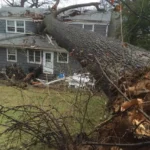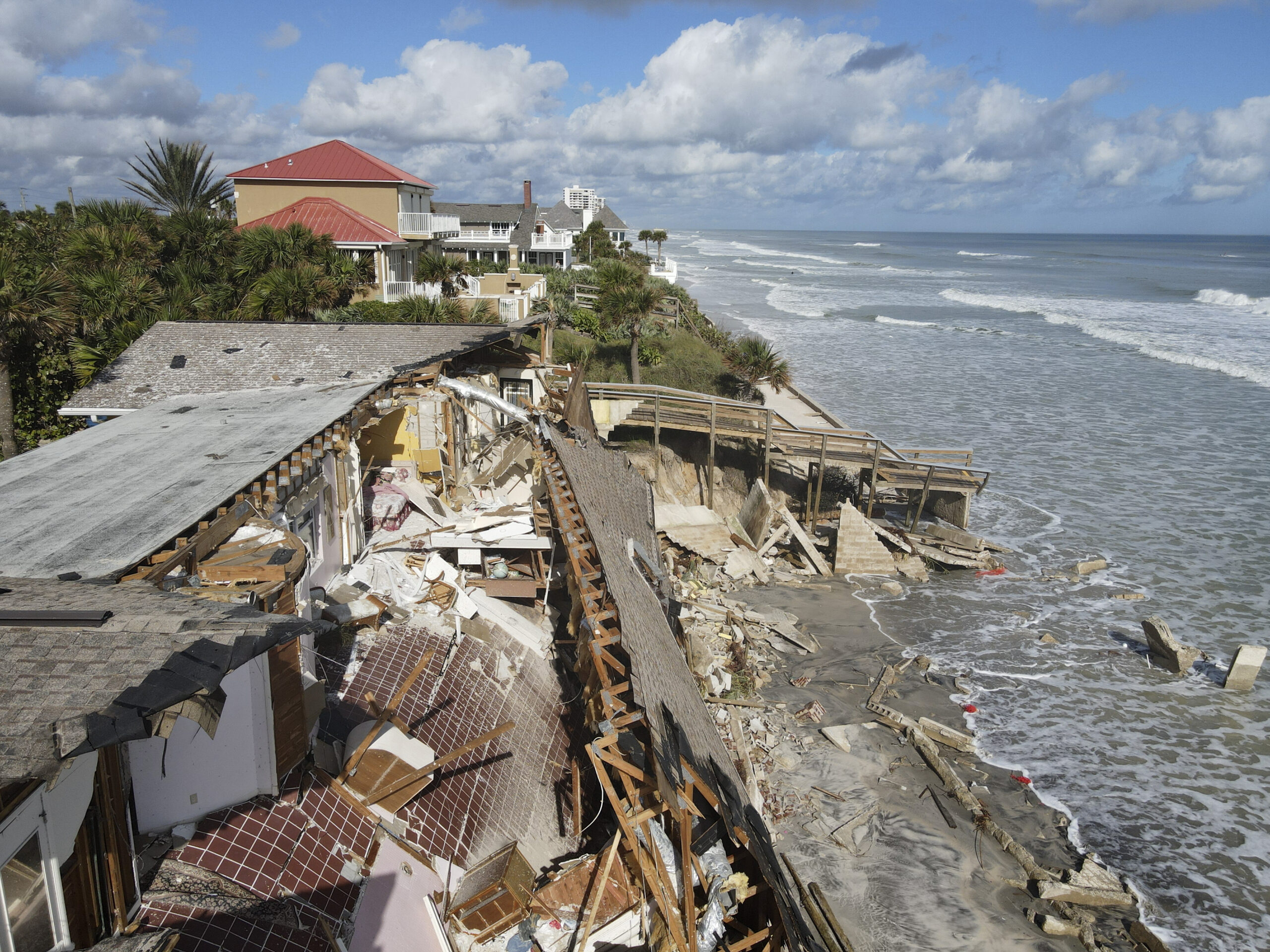Florida is no stranger to hurricanes. Situated between the Atlantic Ocean and the Gulf of Mexico, the state is frequently in the path of powerful storms that can cause extensive destruction. Understanding Florida hurricane damage is crucial for residents, business owners, and anyone considering moving to the Sunshine State. This article will cover the types of damage hurricanes can cause, historical context, preparation strategies, recovery processes, and the role of insurance.
Types of Hurricane Damage
Wind Damage
Hurricanes are characterized by their powerful winds, which can exceed 150 miles per hour in the most severe storms. These winds can uproot trees, tear off roofs, and send debris flying, posing significant risks to people and property. High-rise buildings and mobile homes are particularly vulnerable to wind damage.
Flooding
Flooding is one of the most devastating aspects of hurricanes. Heavy rainfall, storm surges, and overflowing rivers can lead to severe flooding, especially in low-lying areas. Florida’s extensive coastline makes it particularly susceptible to storm surges, which can inundate coastal communities and cause extensive water damage.
Tornadoes
Hurricanes can spawn tornadoes, adding another layer of risk. These tornadoes can cause localized but intense damage, further complicating recovery efforts. While not as widespread as hurricane winds, tornadoes can still pose significant threats to life and property.
Structural Damage
Buildings and infrastructure in Florida are at constant risk from hurricanes. Roofs, windows, and walls can be severely damaged or destroyed by wind and debris. Older buildings, especially those not constructed to modern hurricane-resistant standards, are particularly at risk.
Historical Context of Hurricane Damage in Florida
Major Hurricanes in Recent History
- Hurricane Andrew (1992): One of the most destructive hurricanes in U.S. history, Andrew caused over $25 billion in damage, primarily in South Florida. It destroyed more than 63,000 homes and significantly impacted the insurance industry.
- Hurricane Charley (2004): This Category 4 hurricane caused around $16 billion in damage, affecting Central Florida and the Gulf Coast. Charley was notable for its rapid intensification and the unexpected strength of its winds.
- Hurricane Irma (2017): Irma was a massive storm that affected the entire state, causing widespread damage estimated at $50 billion. The storm’s size and strength led to significant wind and flood damage, particularly in the Florida Keys and along the southwestern coast.
- Hurricane Michael (2018): As a Category 5 hurricane, Michael caused extensive damage in the Florida Panhandle, with estimated damages exceeding $25 billion. It was notable for its rapid intensification and devastating wind speeds.
Impact on Communities
Hurricanes have profound and lasting effects on Florida communities. Beyond the immediate physical damage, these storms disrupt lives, displace families, and can lead to long-term economic challenges. Recovery often takes years, requiring substantial investment and support.
Preparing for Hurricanes
Building Codes and Regulations
Florida has some of the strictest building codes in the nation, designed to minimize hurricane damage. These codes require buildings to withstand high winds and incorporate features like impact-resistant windows and reinforced roofing materials. Compliance with these standards is essential for minimizing damage and ensuring safety.
Emergency Planning
Residents and businesses must have comprehensive emergency plans. This includes:
- Evacuation Plans: Knowing when and where to evacuate is critical. Local authorities provide evacuation routes and shelters.
- Emergency Supplies: Stocking up on essentials like food, water, medications, and batteries can make a significant difference during and after a hurricane.
- Communication Plans: Keeping in touch with family and emergency services is crucial. Have a list of contacts and a way to charge mobile devices.
Community Preparedness
Community-wide preparedness efforts can significantly reduce the impact of hurricanes. This includes public education campaigns, community drills, and coordinated response plans involving local government, emergency services, and residents.
Recovering from Hurricane Damage
Immediate Response
The immediate aftermath of a hurricane involves rescue operations, providing medical care, and restoring basic services like electricity and water. Local, state, and federal agencies work together to provide relief and support to affected areas.
Cleanup and Restoration
Cleanup efforts involve removing debris, assessing structural damage, and beginning repairs. This phase can be prolonged, depending on the extent of the damage. It’s crucial to hire licensed contractors and follow safety guidelines during the cleanup process.
Financial Assistance and Insurance
Financial recovery often relies on a combination of insurance payouts, government aid, and charitable donations. Understanding the insurance process is vital for homeowners and businesses.
Role of Insurance
Having adequate insurance coverage is essential. Policies should cover wind, flood, and storm surge damage. Reviewing and updating insurance policies regularly ensures that coverage remains adequate as property values and risks change.
Government Aid
Federal and state governments provide various forms of assistance, including grants, loans, and disaster relief funds. The Federal Emergency Management Agency (FEMA) plays a significant role in coordinating these efforts and providing support to individuals and communities.
Long-Term Rebuilding
Long-term recovery focuses on rebuilding infrastructure, homes, and businesses. This phase can take years and requires significant investment. Rebuilding efforts often aim to improve resilience, incorporating stronger building codes and better urban planning to reduce future risks.
The Economic Impact of Hurricanes in Florida
Cost of Damage
Hurricanes cause billions of dollars in damage every year. The cost includes immediate damage to property and infrastructure, as well as long-term economic losses from disrupted businesses, decreased tourism, and lower property values.
Impact on Insurance Industry
Frequent hurricanes have a profound impact on the insurance industry. High claims can lead to increased premiums and, in some cases, insurance companies withdrawing from high-risk areas. This can make it challenging for residents to find affordable coverage.
Economic Resilience
Despite the high costs, Florida’s economy has shown resilience. Investments in better infrastructure, improved building codes, and effective emergency management have helped mitigate some of the economic impacts. Additionally, the state’s diverse economy, which includes tourism, agriculture, and technology, helps buffer against the losses from hurricane damage.
Conclusion
Florida hurricane damage is a significant concern for residents and policymakers. Understanding the types of damage, historical context, preparation strategies, recovery processes, and economic impacts is essential for managing the risks associated with these powerful storms. By staying informed and prepared, individuals and communities can better withstand and recover from the challenges posed by hurricanes. Investing in resilient infrastructure, comprehensive emergency planning, and adequate insurance coverage are key components in safeguarding Florida’s future against the inevitable threat of hurricanes.










